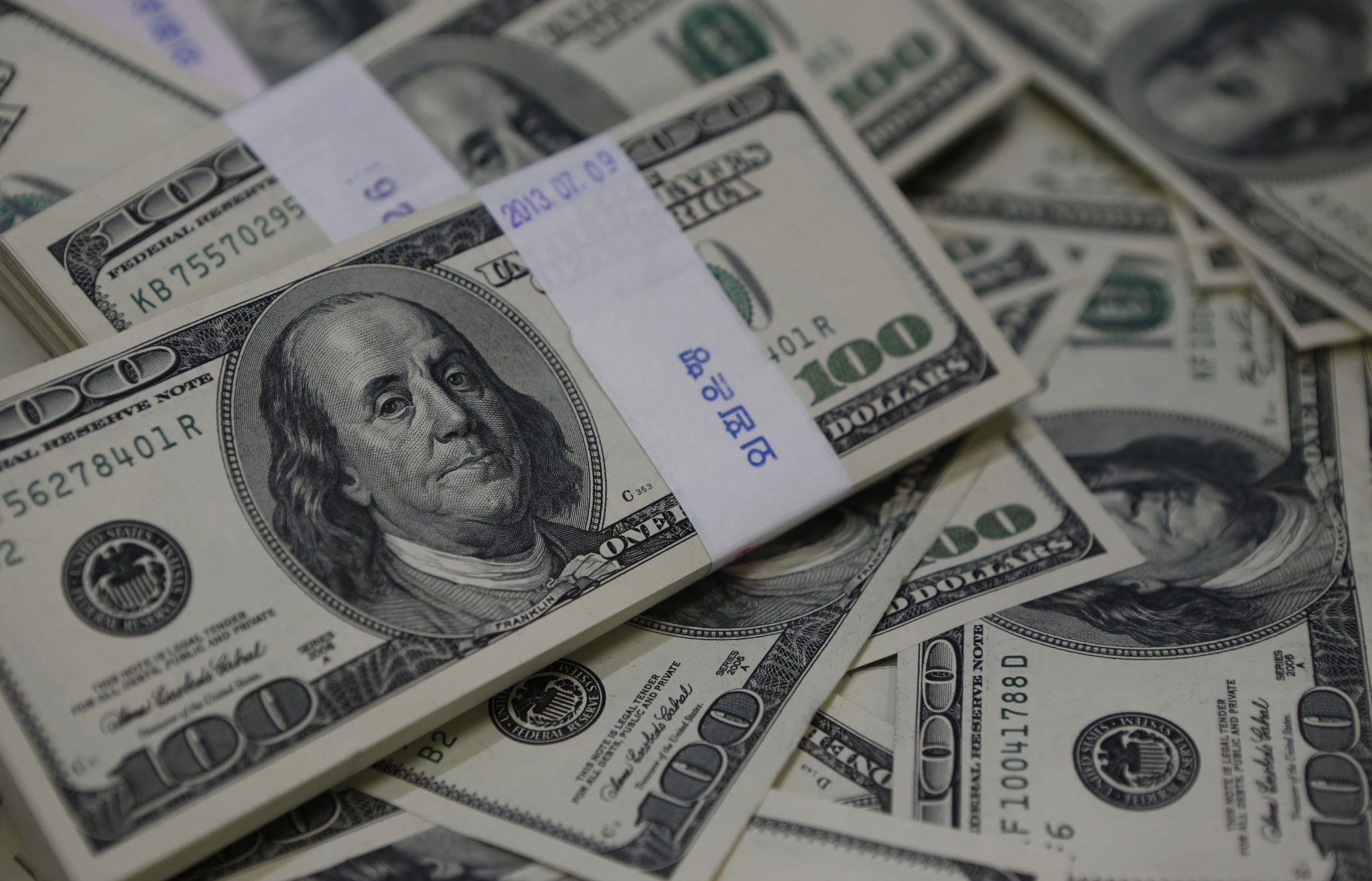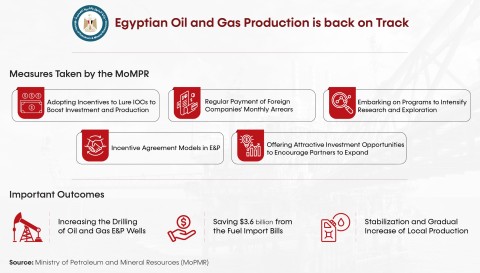The dollar touched its lowest level in 11 weeks and US and European equities remained under pressure as the recent sell-off in government bonds on both sides of the Atlantic showed few signs of abating.
The moves came as oil prices maintained their upward trend following news of a drop in US crude inventories, with Brent briefly breaking above $69 a barrel to hit yet another 2015 high.
The US currency was down more than 1 per cent against a weighted basket of its peers, after earlier hitting its lowest point since February 19, as participants continued to unwind stretched long dollar trades.
“Indigestion in global bond markets continues to ripple around global asset markets, where the rise in the risk-free rate is starting to ask questions of equity valuations,” said Chris Turner, head of foreign exchange strategy at ING.
“Typically such an environment would be described as ‘risk-off’, and see the dollar performing well. However, given the market’s conviction behind the euro’s role as a funding currency, it is the euro, and not the dollar, which is benefiting in the current environment.
“It looks as though covering of short euro positions, which have been used to fund positions in global bond and equity markets, continues to keep euro/dollar supported.”
Indeed, the euro was up a hefty 1.5 per cent versus the dollar at $1.1346, its highest level in more than two months, as the yield on the 10-year German Bund climbed another 7 basis points to a 2015 peak of 0.58 per cent.
That left the yield on Europe’s benchmark government bond more than half a percentage point up from last month’s record low — and well above the 0.40 per cent level at which it stood just before the launch of the European Central Bank’s quantitative easing programme on March 9.
Peripheral eurozone yields also continued to rise on Wednesday, with Spanish and Italian 10-years both adding 12bp, according to Reuters data.
The almost uninterrupted rise in the Bund yield since mid-April has helped push the implied 10-year borrowing cost in the US to the highest since early March.
On Wednesday, the 10-year Treasury yield was up 6bp at 2.23 per cent, while the equivalent maturity UK gilt yield briefly broke above 2 per cent to its highest since December before easing back to 1.98 per cent, up 1bp on the day.
“A pricing out of excessive QE expectations are at work for eurozone bonds but we are also seeing US Treasury and gilt yields move higher,” said Divyang Shah, global strategist at IFR Markets.
“The move in the bond markets in general seems to be related to a shift in inflation expectations that has happened due to a turnround in oil prices.”
Brent crude rose 0.4 per cent to settle at $67.77 a barrel, after earlier reaching $69.63. That represented a gain of more than 50 per cent from the five-year low of $45.19 hit in January.
“The firming of oil prices is presumably viewed as enhancing the prospects for inflation to start moving closer to the Federal Reserve’s target, despite the fact that the headline PCE deflator is currently still only 0.3 per cent higher from a year ago and its core version up just 1.3 per cent on the same basis,” said Anthony Karydakis, chief economic strategist at Miller Tabak.
Meanwhile, the question of equity valuations came into focus as Janet Yellen, Fed chairwoman, described them as “generally quite high”.
Her remarks were blamed by some in the markets for a 0.4 per cent drop in the S&P 500 to 2,080, which left it about 1.7 per cent below its recent record closing high. Across the Atlantic, the FTSE Eurofirst 300 shed 0.5 per cent.
The mood in the markets was not helped by data from US payrolls processor ADP, which showed just 169,000 jobs created last month — well short of the 200,000 expected by economists, and the smallest gain since January 2014.
“The frequent revisions to, and relatively short history of, the ADP employment series limit the weight we put on the series,” said Jesse Hurwitz, an economist at Barclays.
“On balance, however, this morning’s report highlights downside risks to our forecast of a 245,000 increase in private sector payrolls in Friday’s employment report from the Bureau of Labour Statistics.”
There was better economic news from the eurozone, where data showed that service sector expansion across the region last month was only fractionally below March’s level, which was the equal strongest since May 2011.
Equivalent data in China showed a fourth successive monthly improvement, although the Shanghai Composite stock index fell 1.6 per cent amid worries that the authorities might take further action to cool the market down.
The weaker dollar offered little support to gold as the metal slipped $1 to $1,191 an ounce.
Source: Financial Times












